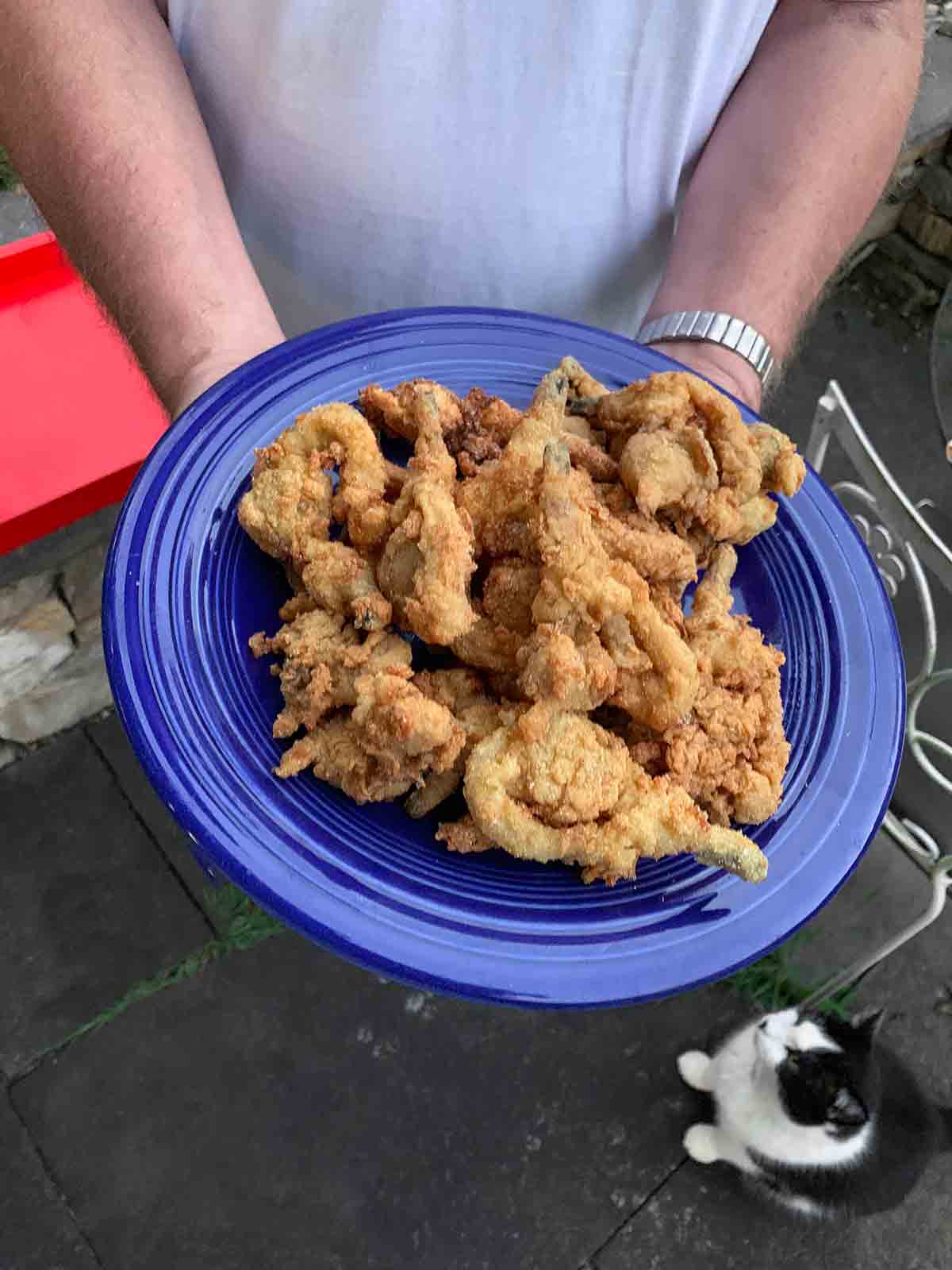
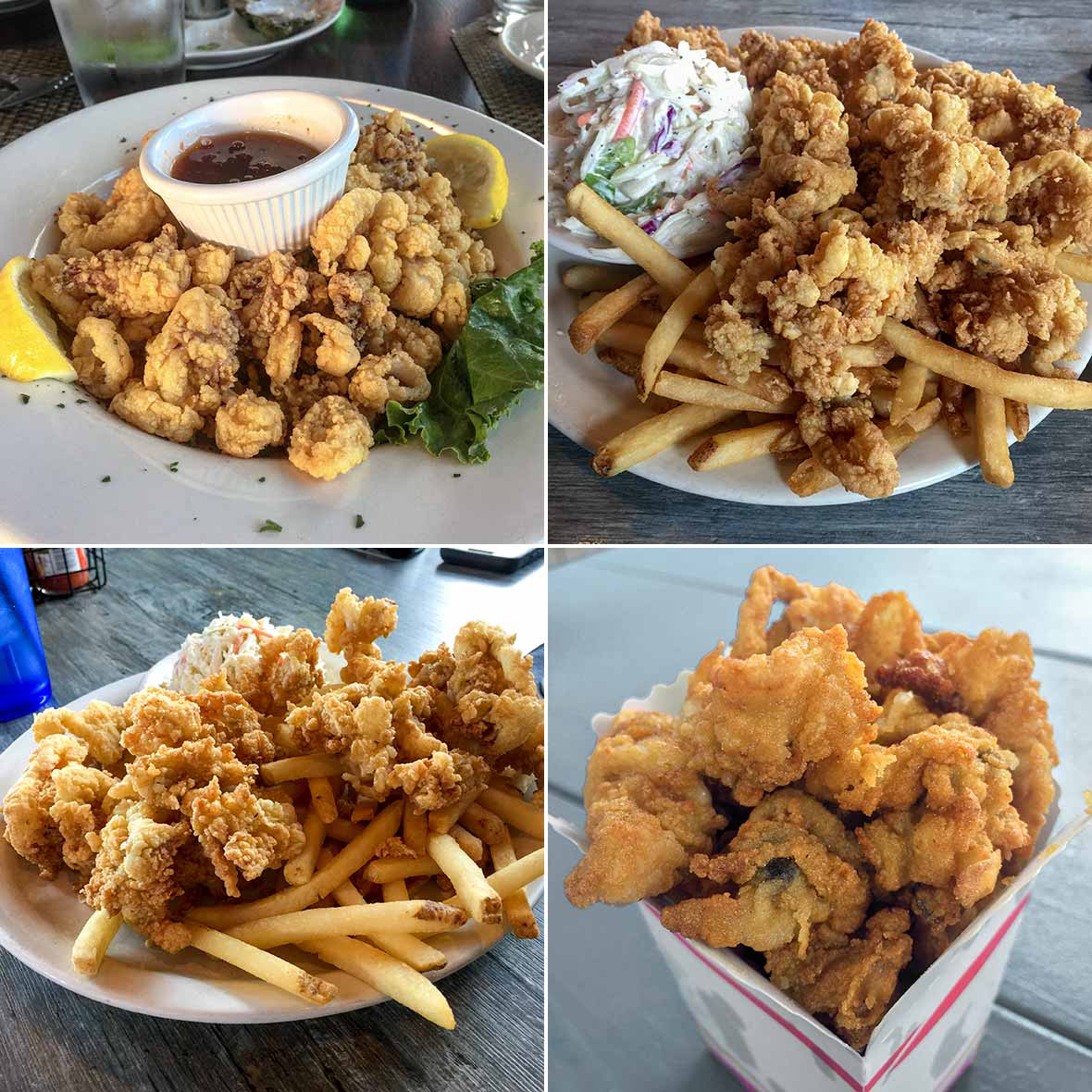
I’ve made no secret of my absolute addiction to fried clams—especially clam shack-style fried clams with big, luscious, profane whole bellies. I remember going as a kid to Macray’s, a local clam shack in Westport, MA., several Sundays during the summer. There my parents, grandparents, godparents, cousins, and I dove into pints of deep-fried oceanic goodness. My only regret as I tapped the last bits of crumbs from the greasy red-striped box into my mouth was that we couldn’t make them at home. That little snag meant this treat would be relegated to the hot, steamy days of a New England summer.
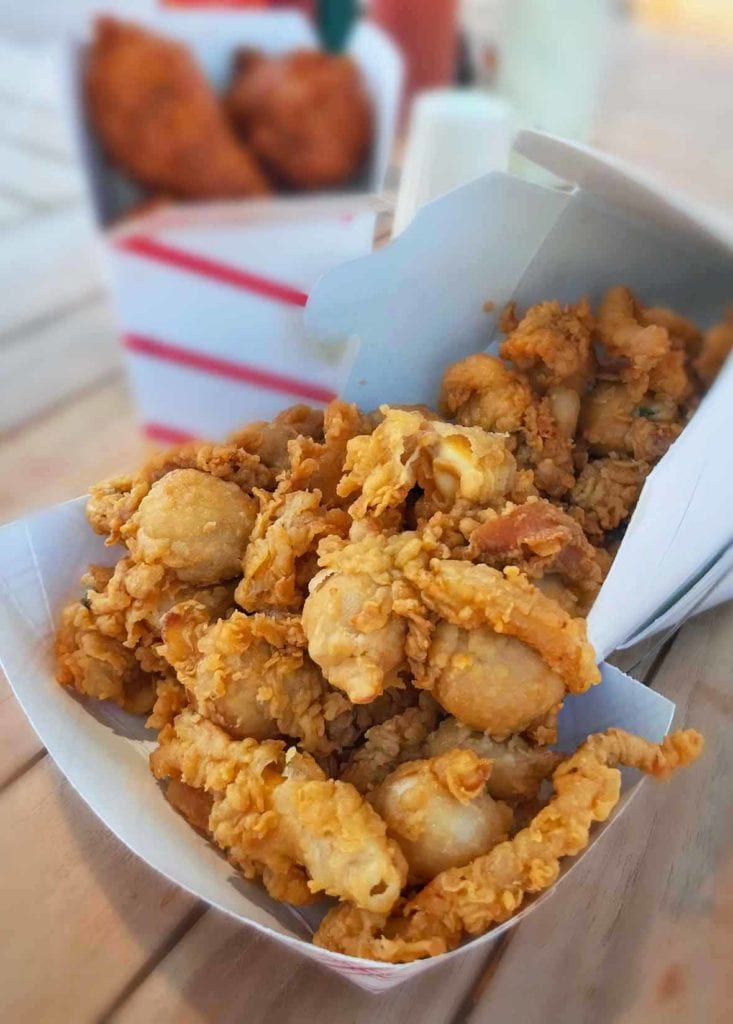
That is until I learned to shuck steamer clams at home. It’s a simple process of dipping the clams in boiling water for several seconds, which helps pop the shells but doesn’t cook the meat. The clams are then dumped into cold water. Then it’s a matter of taking a knife and releasing the clam from its shell.
When I made this recipe, adapted from the great Jasper White, I was tempted to doctor up the coating mix with all kinds of herbs and spices. (Yes, for a moment I thought of myself as the Colonel Sanders of Seafood.) “The secret to fried clams,” says Chickie Aggelakis, owner of The Clam Box in Ipswich, Mass., “is the flavor of the clams.” The coating and its crunch protect the tender belly meat. Mucking it up with spices—which is hard to resist—should be avoided at all costs.–David Leite
Clam Shack Style Fried Clams FAQs
Alas, no. Canned clams are fully cooked and therefore would fall apart. Plus, they’re tiny. You want large steamers for fried clams.
Again, no. Littlenecks and cherrystones are different types of clams. They’re chewier and don’t have the same texture and taste as steamers
Steamer clams are also called soft-shell clams, Ipswich clams, and Maine clams.
Corn flour is essentially very finely milled cornmeal made from the entire kernel of corn—the germ, the bran, and the endosperm. Corn meal—whether coarsely ground, medium grind, or finely ground—is not an acceptable substitute due to the textural difference. However, masa harina, which you can find in the Latin section of most supermarkets, is a perfectly fine swap.
A caution to our friends the Brits and Aussies and Canadians. We understand that in your corners of the world, “corn flour,” or rather “cornflour,” is synonymous with “cornstarch,” but that’s not what we’re talking about here. Cornstarch is ground from only the endosperm of the corn and makes a lousy coating for fried clams. Trust us.
Video: How to Shuck Clams for Fried Clams

Fried Clams, New England-Style
Equipment
- Deep-fry or candy or instant-read thermometer or an electric deep fryer, a wire-mesh skimmer or a pasta basket, a pair of tongs
Ingredients
For the New England style fry mix
- 1 cup corn flour, (not cornmeal; see FAQ above)
- 1 cup all-purpose flour
- 1 teaspoon fine sea salt or table salt
- 1/2 teaspoon freshly ground black pepper
- 1/4 teaspoon cayenne pepper
For the clams
- 1 1/2 pounds of shucked whole belly steamer clams
- About 6 cups peanut, canola, or other vegetable oil, for deep-frying
- 1 cup buttermilk, (either low-fat or full-fat)
- New England-Style Fry Mix, (above)
Instructions
Make the New England style fry mix
- Combine the flours, salt, and both peppers in a large mixing bowl and mix well. You’ll have more than you need for this recipe, so whatever is left over you can store in an airtight glass container in the refrigerator for several weeks or more.
Fry the clams
- In many cases, you'll be frying in batches to avoid the problems that can happen if you overcrowd your fryer. In anticipation of this, line a baking sheet with a clean brown paper bag, and preheat the oven to 250ºF (121°C).
- Heat 3 inches of oil to 375°F in a 4- to 5-quart Dutch oven over medium heat or in a deep fryer.
- While the oil is heating, pour the buttermilk into a large bowl, and put the fry mix in another. Drop the clams into the buttermilk and stir gently. Using a wire-mesh skimmer or a slotted spoon, carefully lift up a small batch (in this case, about half of the clams you're frying), allowing the excess buttermilk to drip back into the bowl.
- Drop the clams into the fry mix and gently toss them to coat evenly with the mix. Quickly dry off the skimmer.
- When the oil reaches temperature, lift the clams out of the fry mix with the skimmer, gently shake off the excess, and slip them carefully into the oil.
- Try to spread the food out in the pot so there is less chance of the pieces sticking to each other.
☞ TESTER TIP: The first few moments are crucial: let the seafood cook for 15 to 20 seconds without moving the clams (or the fryer basket)—if you do, some of the breading could fall off, making the dish greasy.
- Stir the clams so that they cook evenly, 1 to 1 1/2 minutes more. This also helps to loosen any pieces that might have stuck together. If anything sticks to the bottom of the pot, loosen it with tongs. Stay right there at the fryer, moving the seafood occasionally so it cooks evenly.
- Transfer the clams from the hot oil to the paper-bag-lined baking sheet to drain. You can keep the clams warm in the oven while you fry the second batch.
- Transfer the clams to a platter with lemon wedges and parsley sprigs–and fries aren't out of the question.
Video
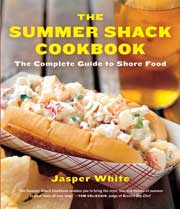
Nutrition
Nutrition information is automatically calculated, so should only be used as an approximation.
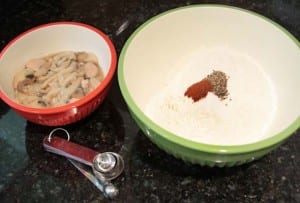
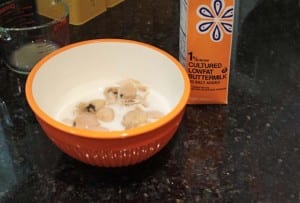
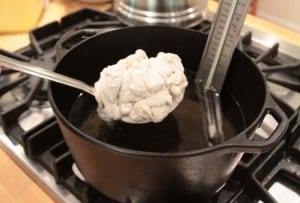
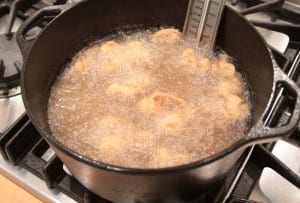
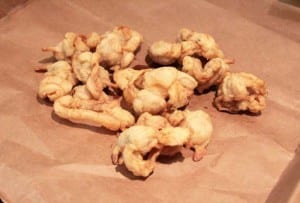










I bought shucked clams at the Lobster Barn in Abington, yesterday. I brought them back to Tulsa and will cook them tonight. Nothing like a fried whole clam with a big belly.
Joanne, I’m jealous! Did you by any chance take a photo?
Years ago I owned a clam shack in Maine. Made great onion rings using egg wash then faulds clam fry mix. They were great I doubled down and dipped twice. Living in Virginia now and cannot find faulds clam fry mix anywhere are you familiar with this product? Any suggestions? Thank you
David, you’re in luck. Sheild’s Meat and Produce in Kennebunk, Mane, carries Fauld’s Clam mixes.
displaced newenglander here. soon as i get off the plane in boson from north carolina i rush to get fried clams. Being a bit of a cook im atempting to make my own at home. one of the local grocers sells steamers, i usually just steam them but it kills me knowing if i could just shuck the littel beggers i could enjoy them fried. I found this site while searching for how to schuk steamers after having tried and failed on a reliable method on my own.
Someone must know a trick on how to do it. They sell them shucked so how do they get that way? i doubt a machine does it. If they did it my way, the labor cost would be prohibitive. What is the secreat i wonder?
Hi, Bill. I know that all the major shacks buy them freshly shucked. I did find this video on YouTube. It seems pretty much straightforward, but I think you’d need some practice to avoid cutting into the clam. I hope this helps.
.
thanks for the video dave, maybe i wasnt clear on my deliema. I can open clams at a fairly speedy rate. my issue is cleaning the “foreskin?” off them. Once steamed they come right off but raw they are very teidous to remove. it would probably take me and hour to do a quart of steamers. i can only imagine how long it would take to fill up a gallon of shucked, cleaned steamers.
Ah, I see, Bill. That’s a mystery to me, too. I know that at the Sea Swirl, they cut off most of the siphon. Perhaps by doing that you can then tug at the rest of the covering to pull it off.
I’m still looking into this, as it’s something that has perplexed me, too.
I guess its comforting to know here are still some culinary mysteries out there! I also have contemplated cutting off the siphon and chaulking up the loss of meat to expediency. This may in fact be the way they do it commercially. for the life of me and after having consumed copious amounts of fried clams, I cant remember if the siphon is still attached to a fried clam. I will have to pay more attention next time i get off the plane. Thanks for your input.
Happy new year!
Bill
Yes, some mysteries do remain. I know the clams I got via mail order (the company has since closed) had intact siphons. I wonder if they dip the tips in scalding water to loosen them.
Anyway, Hapy New Year to you and yours and may we solve the mystery in 2013.
With half the shell off split the foreskin and then remove the clam from the remaining shell. You will find this will help.
I read that you dip the clams briefly into water at 180 degrees then open like an oyster and the skin come off the necks….i am trying them this way tonight….good luck! ….Note: I also read it is best to give them a bath in salt water (1 or 2 tablespoons per gallon of cold water) so they can Purge out any sand. Do this 3 or 4 times every four hours, so buy the them the day before you want to eat them.
Marc, that is an excellent tip about the 180-degree water. Do let me know how it turns out.
David, so putting them in the 180 degree water worked perfectly, I only left them in for 30 seconds or so….and the skin came off the necks really easy and it did not cook the clams too much. It was labor intensive shucking the clams, but it was worth every second i spent doing it and the end product was “Fried Clams Nirvana”! PS: I used your recipe for the New England fry batter as well as your homemade Tartar Sauce, they were incredibly delish and are the recipes I will use from this day forth.
Marc, superb!! Thank you.